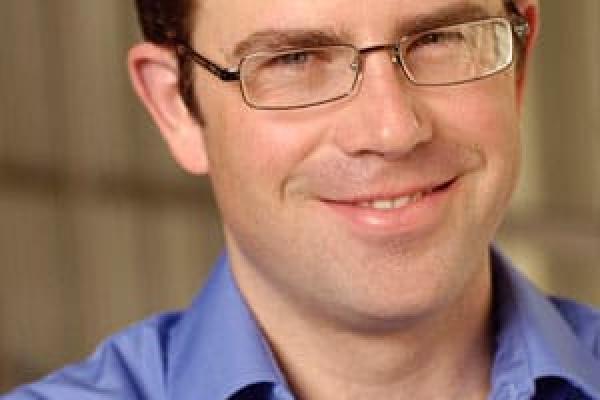
The 1D Ising model is a classical model of great historical significance for both classical and quantum statistical mechanics. Developments in the understanding of the Ising model have fundamentally impacted our knowledge of thermodynamics, critical phenomena, magnetism, conformal quantum field theories, particle physics, and emergence in many-body systems. Despite the theoretical impact of the Ising model there have been very few good 1D realizations of it in actual real material systems. However, it has been pointed out recently, that the material CoNb2O6, has a number of features that may make it the most ideal realization we have of the 1D Ising model. In this talk I will discuss the surprisingly complex physics resulting in this simple model and review the history of "Ising’s model” from both a scientific and human perspective. In the modern context I will review recent experiments by my group and others on CoNb2O6. In particular I will show how low frequency light in the THz range gives unique insight into the tremendous zoo of phenomena arising in this simple material system.
